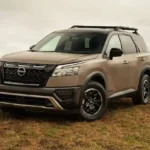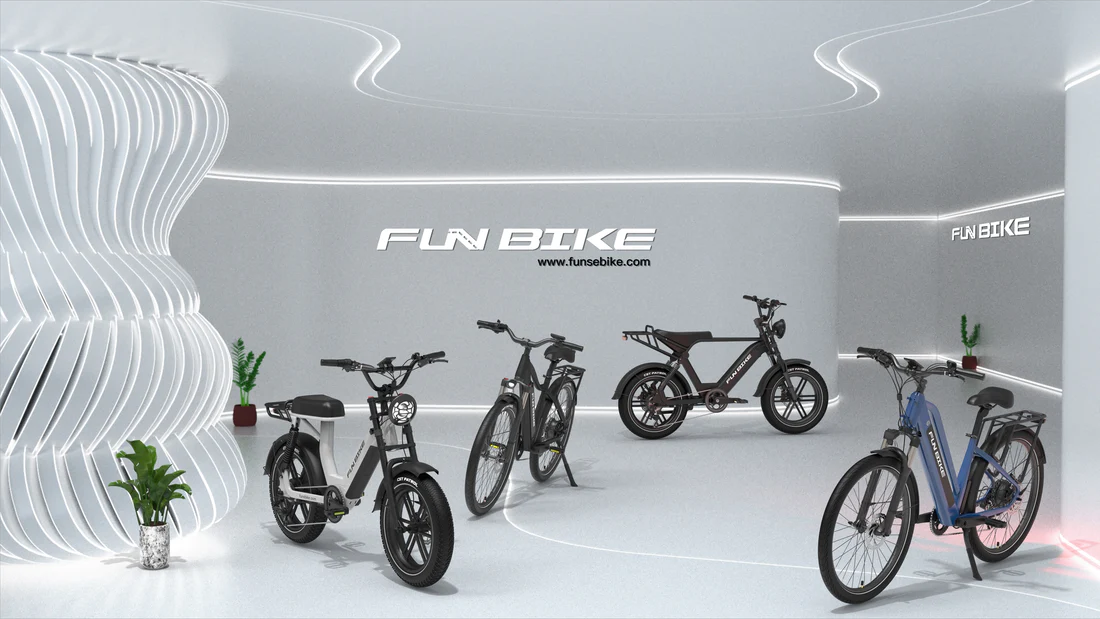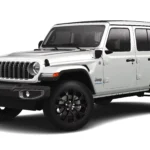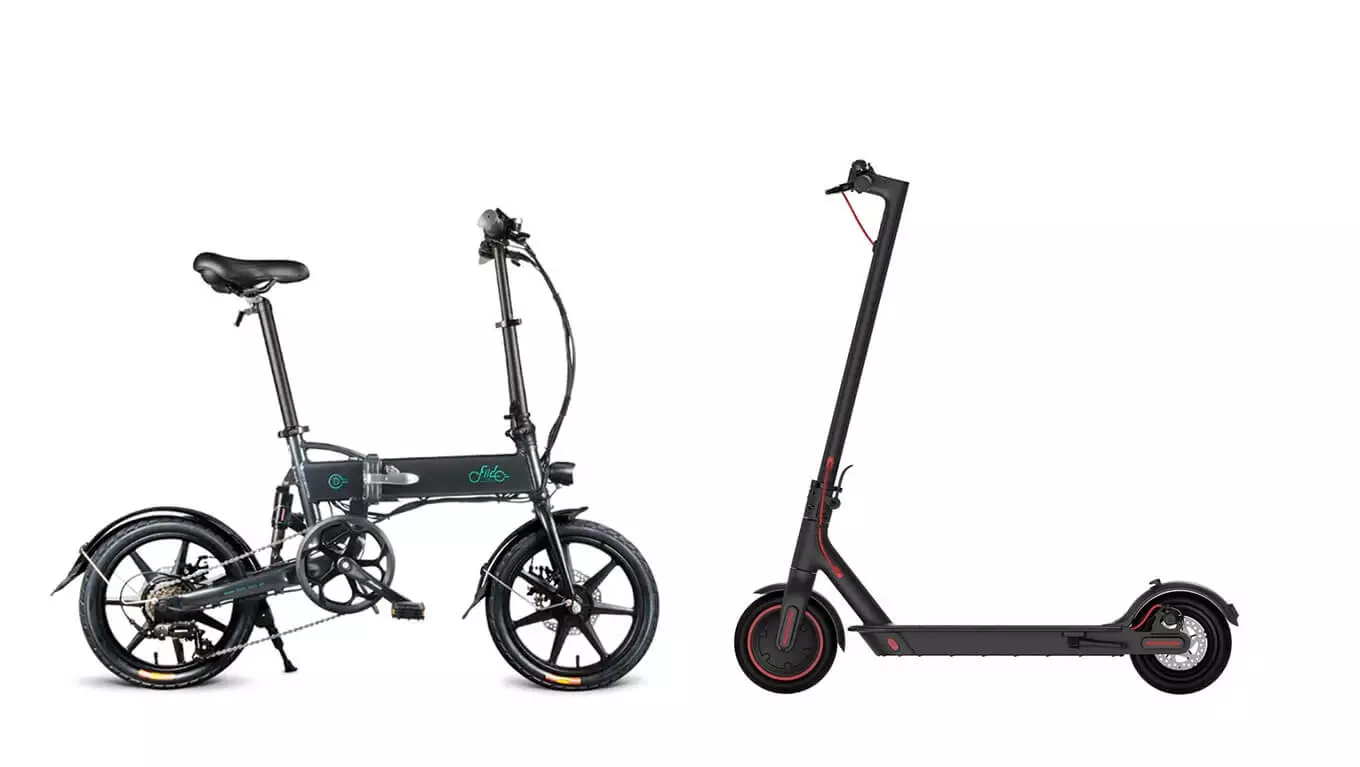Electric bikes have gained significant popularity as a sustainable and efficient mode of transportation. These bikes are equipped with motor systems and battery technology that play a crucial role in their performance and range. In this blog post, we will delve into the intricacies of electric bike motor systems and battery technology, helping you understand how they unlock the true power of these remarkable vehicles.
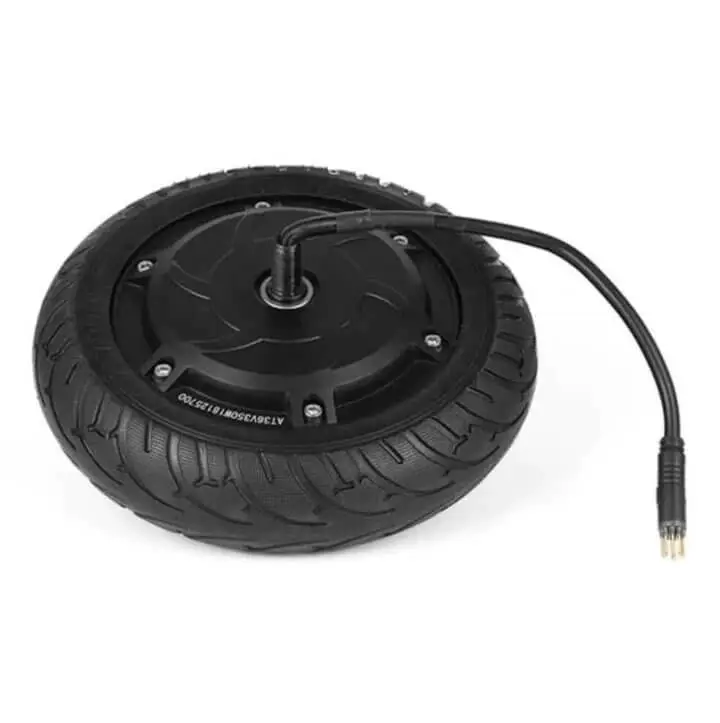
The Heart of an Electric Bike: Motor Systems
Brushless Hub Motors: Silent and Efficient
Brushless hub motors are commonly found in electric bikes and offer a quiet and efficient operation. These motors are located in the wheel hub, providing a direct drive system. The absence of brushes eliminates friction, making them low maintenance and extending their lifespan.
Mid-Drive Motors: Power and Performance
Mid-drive motors are positioned near the bike’s cranks, transferring power to the drivetrain. These motors offer superior torque and efficiency, making them ideal for hilly terrains and demanding riding conditions. The central location of the motor also provides better weight distribution and handling.
Unleashing the Potential: Battery Technology
Lithium-Ion Batteries: Lightweight and High Energy Density
Lithium-ion batteries have revolutionized electric bikes with their high energy density and light weight. These batteries store and provide the power needed for the motor system. They are rechargeable and offer longer ranges compared to other battery types. Lithium-ion batteries also have a longer lifespan and can be recharged hundreds of times.
Battery Capacity: Amp-Hours and Watt-Hours
Battery capacity is measured in amp-hours (Ah) or watt-hours (Wh). Amp-hours represent the current flow, while watt-hours consider both the current and voltage. Higher amp-hour or watt-hour ratings indicate longer range potential. However, it’s essential to note that factors like terrain, rider weight, and assist level also affect range.
Charging and Range Considerations
Electric bike batteries can be charged using a standard electrical outlet. Charging times vary depending on the battery capacity and charger type. It’s recommended to use the manufacturer’s recommended charger for optimal performance. Range varies depending on the battery capacity and power consumption. Riding conditions, assist level, and rider input also impact the overall range.
Conclusion
Understanding electric bike motor systems and battery technology is essential for unlocking the true potential of these vehicles. Brushless hub motors and mid-drive motors offer different advantages, while lithium-ion batteries provide lightweight and high energy density. By considering these factors and understanding the importance of battery capacity and charging considerations, riders can make informed decisions and fully embrace the power of electric bikes.
Useful Links: Discussions.Apple, Evernote, Issuu, Flickr, Twitter, Pinterest, Plazapublica.Cdmx, Camp-Fire

Tom’s blog is your passport to adventure. If you’ve got an itch for travel and a love for the road, join him in exploring new horizons. His writing is the ultimate road trip planner and companion.

